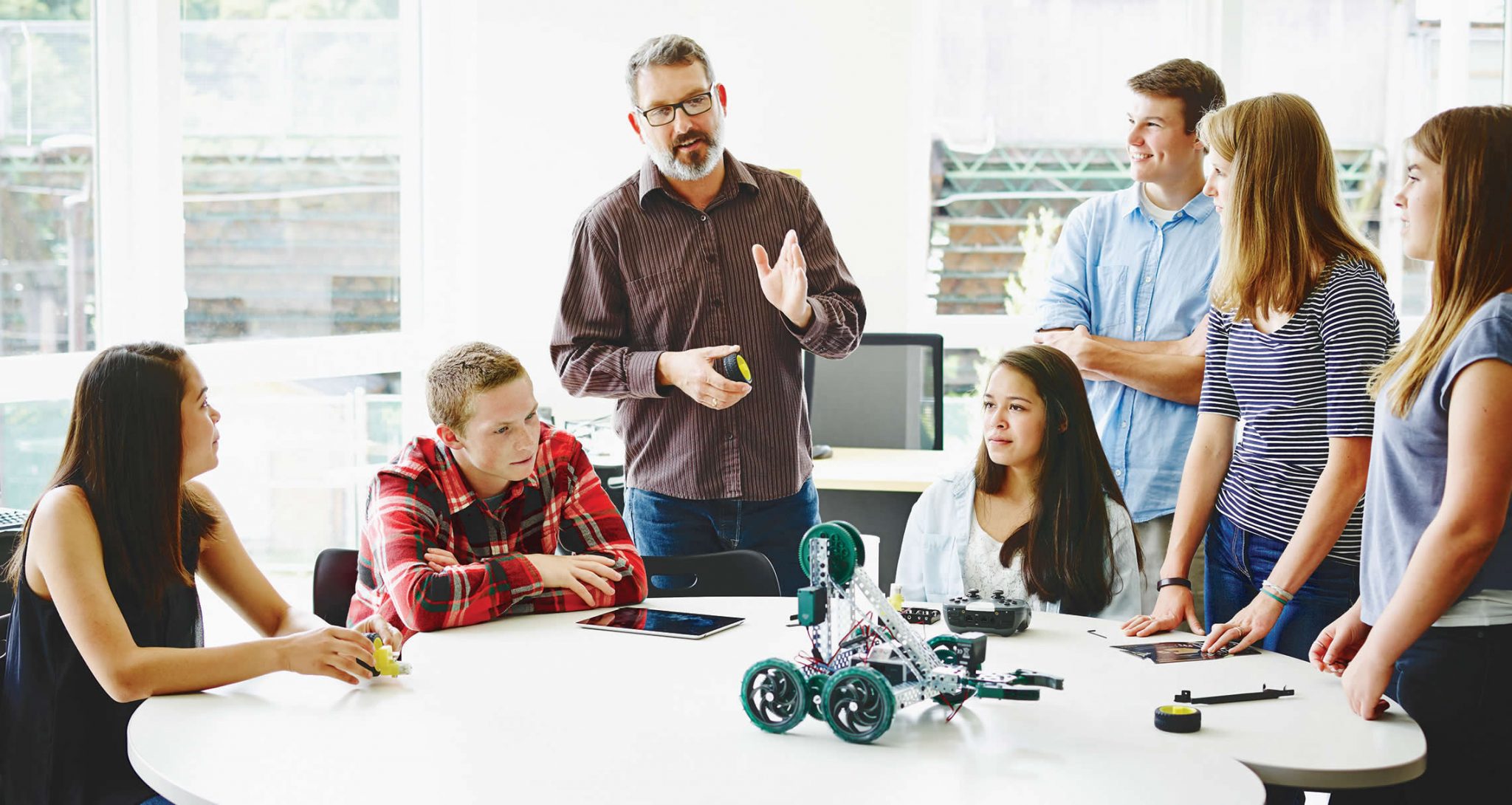3D printing is one of the most innovative technologies of our time. It is offered at a low cost and is also available commercially. The education program can reap benefits from these qualities. Here are some examples of 3D printing applications in the education industry.
3D Printing Applications in Human Anatomy
There is a specific scientific field that studies the human body’s form and structure. It is called the study of human anatomy. The body is a structure that consists of many organs. And they work hard every day to help you go on with your day. This field of science could help in learning diseases and how to treat them.
Studying human anatomy is more accessible, convenient, and cheap, with 3D printed body parts models. On the plus side, replicating these models is pretty straightforward. Furthermore, these models can also be a solution to using less real human bodies. Medical schools that have problems with body donations can significantly take benefits from these models.
3D Printing Applications in Molecular Model
Chemistry class can never be apart from atoms and molecules. Molecules have structures. The class usually provided models of them so students may understand them better. The models consist of many little balls of different colors linked by sticks. These balls represent atoms that are linked together by sticks to form a molecule.
Conventional chemistry modeling kits often have limited types and accuracy. Fortunately, it’s been easier to make a 3D model of molecules with only a 3D printer and an internet connection. Many databases on the internet have been sharing basic molecule structures for free. Therefore, there should not be any excuse for failing chemistry class.
3D Printing Technology in Geometry
Shapes 3D’s like cubes and spheres or 2D’s like squares and circles. We must have known all of these from a very young age, especially in geometry class. It teaches you the shapes and sizes, position, angles, and dimensions of everything.
Kids would find it far easier to learn geometric shapes by studying their structures in real life. Therefore, 3D printing might answer this problem. You could print a lot of voluminous shapes with the printer. You could also make flat shapes by printing straight forms that can be linked together. Learning shapes could never be more fun.
3D Printing Technology in Sculptures
You must be familiar with sculptures. It is an ancient form of 3-dimensional art with unending popularity. Usually, they were made from stones, wood, metals, and ceramics. This form of art has successfully created many exquisite forms where people can enjoy their beauty. They can be made by molding, casting, carving, or being assembled by welding or modeling.
But in this modern era, there are no limits to how you can sculpt. With that said, 3D printing has also found its way into this field of art. This technology gives artists more flexibility as they can easily alter their designs in a digital file. Many 3D-printed sculptures have been produced in recent years. Artists have successfully sculpted ceramics and pottery, animal sculptures, and even non-art-related ones, such as furniture.
To gain more in-depth insights into 3D Printing Technology Applications In The Education Industry. Register for the 3D Printing course brought to you by Labdox.
